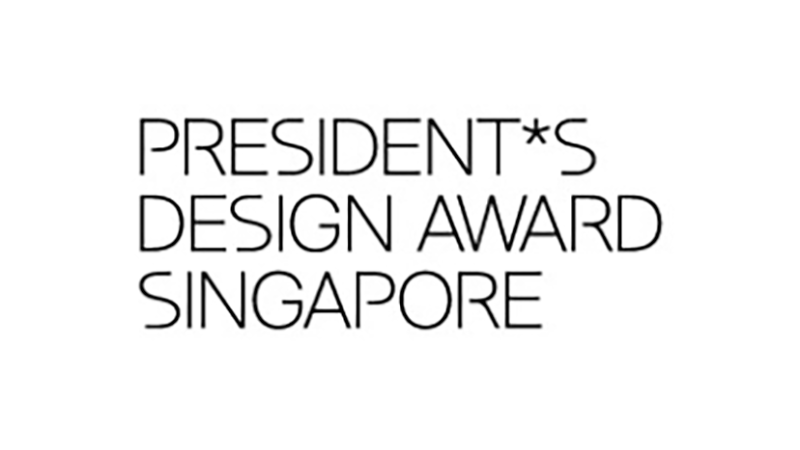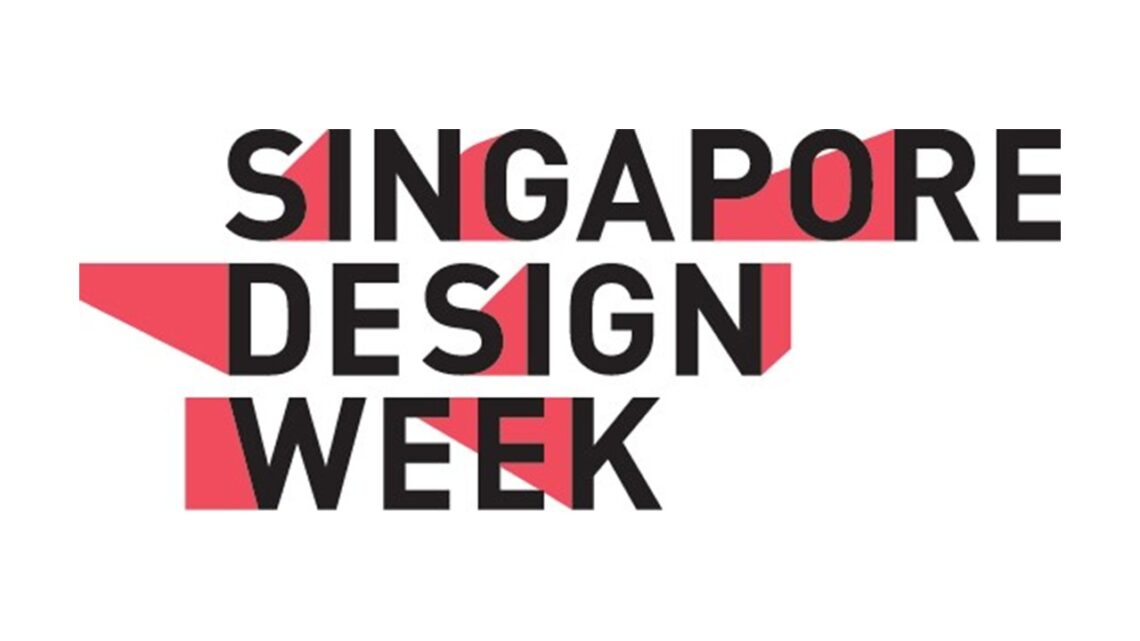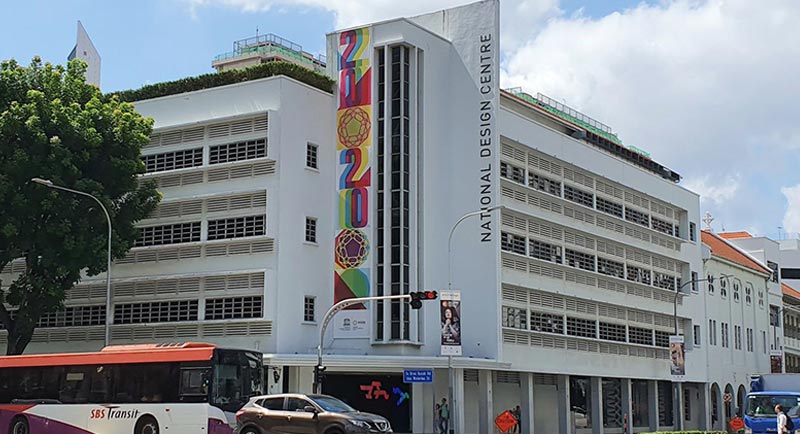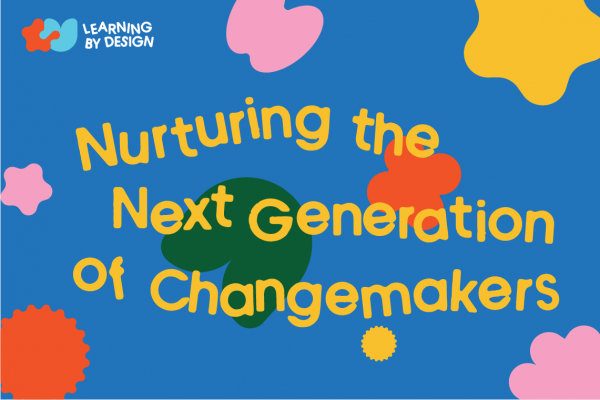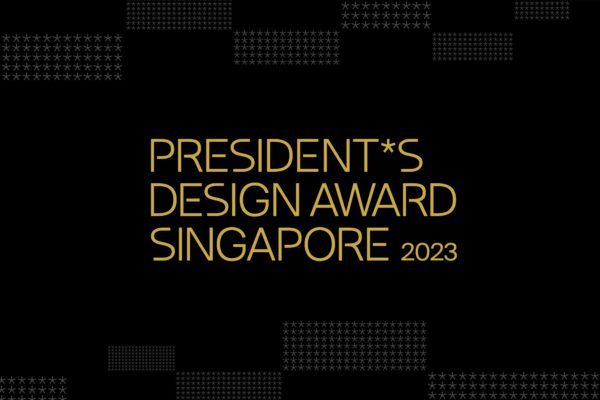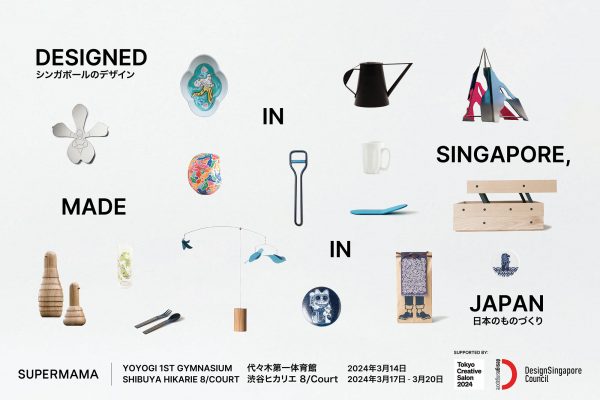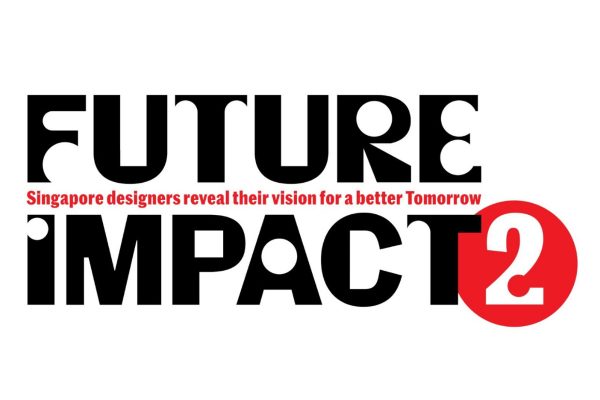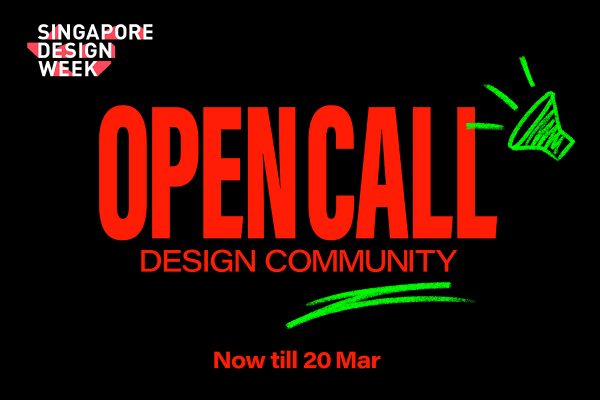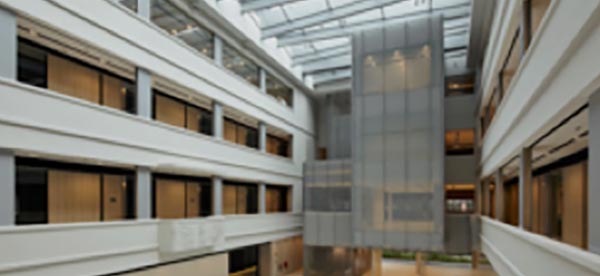Minzhen switched from being a management consultant to doing business design. She’s currently pursuing a Postgraduate Diploma in Innovation & Design Thinking with support from the Skills Future Study Awards for Design.
Her natural curiosity about the way things and systems are run was something she could relate to in her line of work and it inspired her to embark on a career in design. Minzhen has also picked up some very useful design skills that will help her in other sectors. Her understanding of what good design is perfectly explained. Read on to find out what examples of good design she has seen, and the advice she has for people of a non-design background thinking of picking up some design skills. Like what Minzhen is experiencing herself, the process of switching careers is a design process too!
Q: Tell us a bit about the work you do.
I am currently a Business Designer with a multinational professional services company and I work with my clients across industries to use human-centred design methods to solve their business challenges, improve consumer experiences and innovate for future growth.
Many organisations often approach their business challenges with an ‘inside-out’ perspective, delivering products and services based on the organisation’s existing capabilities, processes and ways of working. My role is to provide the ‘outside-in’ perspective based on customer research and design thinking. This means a large part of my work includes speaking to consumers and stakeholders to uncover unmet needs, using design thinking methods to ideate with my team (and clients) and also figuring out how to test, iterate and launch products and services that are both desirable and commercially viable for consumers and businesses.
Q: What is the best thing about your job?
I would say the best part of the job is going through the design process with my team and clients. I find it very instinctual for everyone to jump straight to solutions and answers when we are faced with a business challenge at the beginning. However, the design process feels very much like a journey that begins with understanding and defining the problem statement, conducting user research to gather insights and combining it with other information about the industry, competitors and organisation to arrive at a solution. This process requires patience, curiosity and open-mindedness from my team and our clients to trust the open-ended nature of the process to arrive at a solution. While it can be uncertain for some, we try our best to work through the process as a team with our clients and we are usually surprised to find that the findings and outputs are beyond our initial expectations.
I usually like to involve my clients during the design process and it can be as simple as getting them to be silent observers during user research sessions to hear the stories and feedback first-hand. Involving them during team sharing and playback sessions also help them to understand the value of user research and how the team works to translate findings into insights.
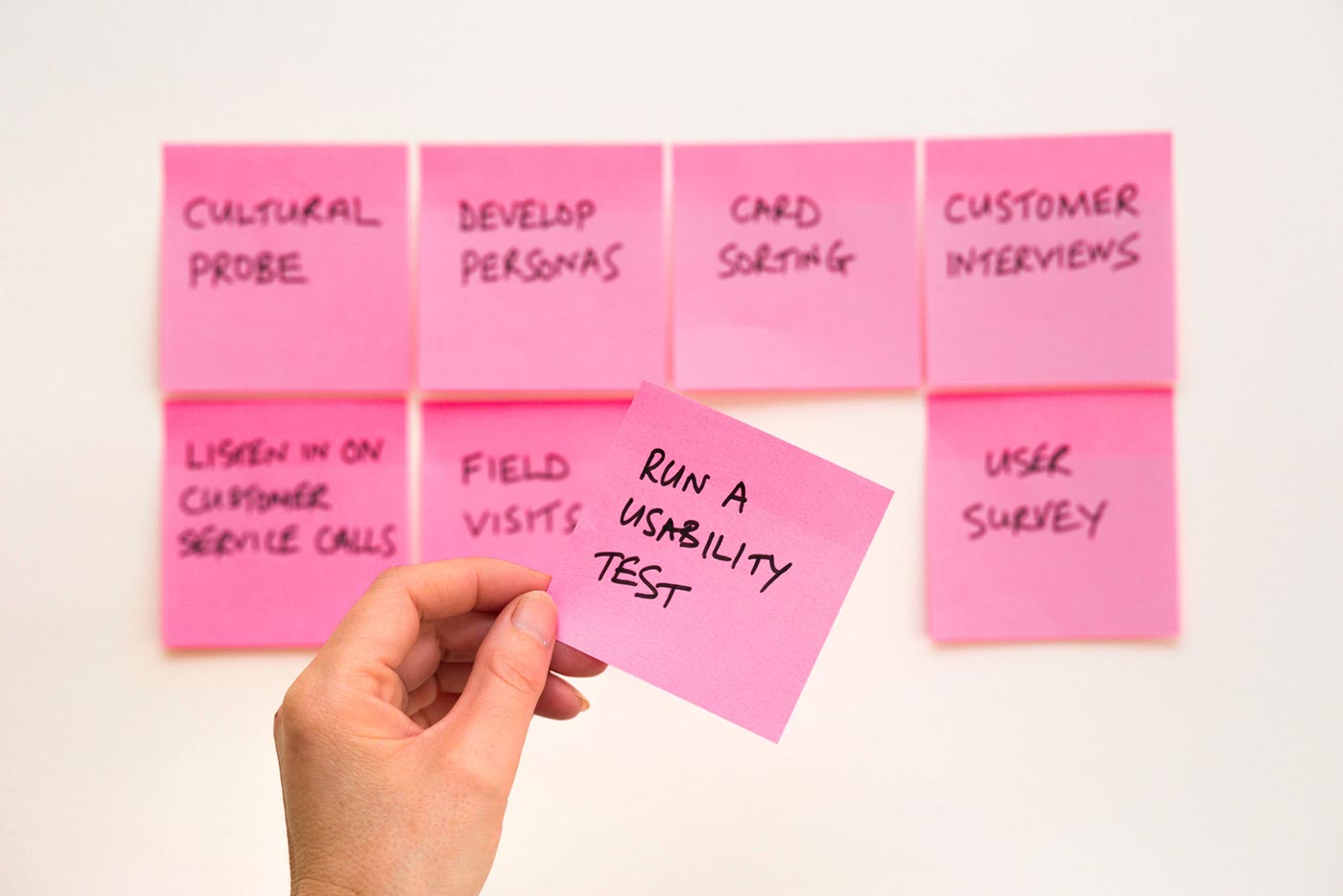
Q: Why did you apply for the SFSA for Design? How has it benefitted you?
II found myself with quite a bit of free time earlier this year as social distancing measures were implemented. I first came to know about the award through the DesignSingapore Council’s newsletter and thought it would be a great opportunity to take the time to learn more about the theories, application and case studies of design and innovation outside of my professional field.
I am currently pursuing a Postgraduate Diploma in Innovation & Design Thinking which is a 10 months self-paced learning course for working professionals. It has been fulfilling to learn about the various design and innovation methods from top university lecturers and applying it to solve real problems with a group of participants from different backgrounds (all done virtually!). In fact, the virtual learning and interaction made my ‘work-from-home’ days in 2020 much more bearable. More importantly, I felt that being a student and a business design professional at the same time allowed me to pick up knowledge that I could then apply in my daily job and this helps me to better advocate for design in a business setting.
Q: What inspired you to embark on a career in design?
A few years ago, I decided to move overseas and I spent my time working and travelling. As I explored cities and spaces and interacted with people of different backgrounds, a simple question of “Why” usually led me to discover interesting stories and reasons behind how people live, work and play. Why do some cities have metro cable cars as a mode of transport? Why are buildings constructed the way they are? Why do people’s values and mindsets differ within cities and across countries? This revived sense of curiosity prompted me to reconsider my line of work. I feel that we are living in times which the asynchronized pace of change between business, technology and people often leads to complex problems and undiscovered opportunities and we need to look beyond standard approaches to take us forward. I wanted my professional career to be a space where I could combine my curiosity with new methods of solving new problems, and design felt like the place to be.
Q: What do you think has changed since you started on your career in design?
My idea of design has definitely evolved ever since I started my role as a Business Designer. Borrowing a quote from an author, Adam Judge, “The alternative to good design is always bad design. There is no such thing as no design.” Design is often associated with art, architecture and how things look and feel. But it’s also in the processes in our daily lives, the products and services we encounter which all contribute to our experiences. I am more mindful and appreciative of businesses who place emphasis on understanding their consumers and differentiating their consumer experience with design.
Examples of good design and delightful experiences are so embedded in our lives that more often than not, we take them for granted because it actually works and that’s the magic of it. An example of good design that I came across during my travels in Colombia is Medellin’s metro cable car system that connects people of lower income groups who live in the outskirts of the city centre to the public transport system. Because of the increased mobility and investment in education and community programmes, employment increased, and crime decreased in areas that had escalated levels of poverty and violence. To me, this shows that good design does not always have to be about creating new technology or products, it could very well be combining and applying existing technology (in this case gondola technology) in different ways that addresses the root cause or unmet needs of the end users.

I feel that we are living in times which the asynchronized pace of change between business, technology and people often leads to complex problems and undiscovered opportunities and we need to look beyond standard approaches to take us forward.
Q: What do you think are some useful skills you’ve learnt that you think can be applied to jobs in other sectors?
As great products and services are designed at the intersection of people, business and technology, the design journey requires collaboration and inputs from people of different functions in an organisation. Getting stakeholders to co-create constructively through design thinking is definitely a skill which I feel is transferable to future roles.
Another key skill which I’ve picked up is to test and validate design in a tangible way as early as possible. It could be anything from a value proposition, concept, physical or digital product. Going through a non-linear cycle of design, prototyping and iteration is a key skill that can be applied when working within and outside of any organisation, as businesses and consumers are evolving constantly.
Q: What advice would you give to people considering a switch from a non-design job to one similar to yours?
Some advice based on my personal experience is to start learning and connecting with an area of design that you are interested in. This could be in the form of a book, an online course or even speaking to a design professional to help you understand more about the design process and ways of working. Leverage opportunities such as the Skills Future Study Award for Design or design conferences to immerse yourself in the learning of design. Identifying the required skills and possible career pathways for design professionals is also a tangible step in mapping a pivot and guiding your next job search. Consider identifying an initiative in your current role that could be used as a testbed for some application of design, which might be a win-win for yourself and your employer. In some way, making a career switch is a design process in itself which I am still a participant of. So stay curious, experiment and have fun!
